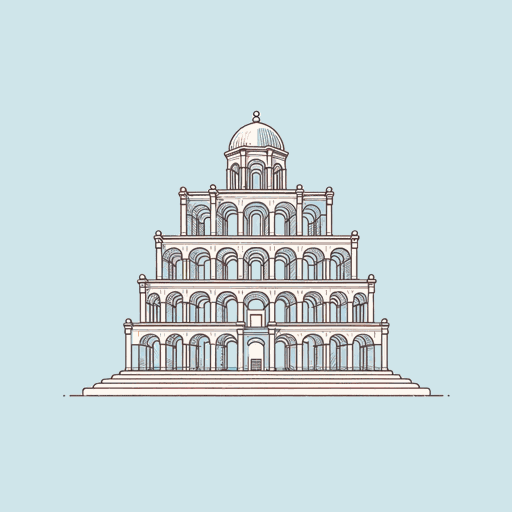37 pages • 1 hour read
Jonathan SpenceThe Memory Palace Of Matteo Ricci
Nonfiction | Biography | Adult | Published in 1984A modern alternative to SparkNotes and CliffsNotes, SuperSummary offers high-quality Study Guides with detailed chapter summaries and analysis of major themes, characters, and more.
Important Quotes
“In 1596 Matteo Ricci taught the Chinese how to build a memory palace.”
(Chapter 1, Page 1)
The evocative opening line of The Memory Palace of Matteo Ricci sets the tone of Spence’s narrative. The quote establishes the date, introduces Ricci and the concept of a memory palace, and situates the narrative in China.
“In the time of Aquinas, and in the following two centuries, there developed a whole tradition of texts that sought to sharpen Christian devotion through evoking the imagination of believers, some of the most important of which, like William of Paris’s twelfth-century Rhetorica Divina, reached back to Quintilian for inspiration.”
(Chapter 1, Page 16)
The concept of a memory palace dates back to antiquity. In Chapter 1 Spence establishes the history of the memory palace and how it aligns with Christian thought. In this quote Spence draws parallels between the teachings of classical antiquity and Christian theology, a theme that resurfaces in Ricci’s teachings in China.
“As we travel with Matteo Ricci, we should remember one other link between his classical past and his Chinese present.”
(Chapter 1, Page 23)
While The Memory Palace of Matteo Ricci is a work of history and biography, the narrative structure is nonlinear and follows the whims of memory. This quote is typical of Spence’s poetic style and his method of signposting key information to the reader.


